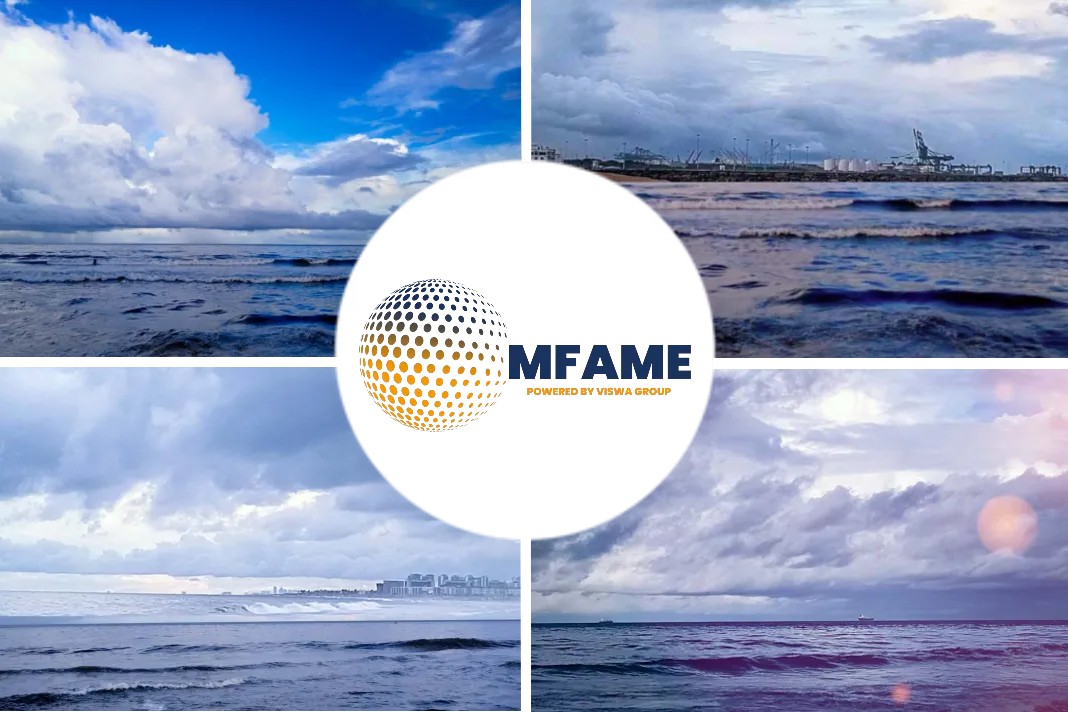 GEV has commenced the development of a pilot-scale C-H2 Ship with a cargo capacity of 430 tonnes of hydrogen, says an article published on their website.
GEV has commenced the development of a pilot-scale C-H2 Ship with a cargo capacity of 430 tonnes of hydrogen, says an article published on their website.
About the vessel
The company has said the addition of a 430-tonne capacity hydrogen ship will:
- Align with the scale, timeline, and downstream market opportunities for green hydrogen projects under consideration, both in Asia Pacific and Europe.
- Reduce overall development risk, capital, and construction schedule, and
- Enable GEV to achieve its target of an operating fleet of C-H2 vessels by mid 2020’s.
The 430-tonne ship specification will be a scaled version of the 2,000-tonne C-H2 ship and benefits from the engineering and HAZID studies already completed.
Targeting approvals
Development program is targeting American Bureau of Shipping (ABS) Approval in Principle (AIP) in Q3 2021 and Full Class Approvals late in 2022. The downstream market application for pilot scale volumes of green hydrogen will include customers to inject such volumes of green hydrogen into existing natural gas pipelines.
Hydrogen economy
Regions with aspirations to develop a hydrogen economy are likely to turn to grid injection as a means of cultivating a market and stimulating investment into supply. Martin Carolan, Managing Director and CEO commented, “GEV’s design and development strategy for the 2,000-tonne ship proved that large commercial scale C-H2 ships are possible and paved the way for the development of a pilot-scale version. The 430-tonne ship is an ideal size to meet the needs of the current emerging H2 marine transportation industry and will ensure we establish ourselves in the marine transportation of green hydrogen. Extensive marketing of our C-H2 solution has provided valuable insights into both the scale of supply and demand for green hydrogen in the mid-late 2020’s. A pilot-scale ship will be complementary to partner discussions and GEV’s target to develop a fully integrated green hydrogen supply chain from Northern Australia. This includes GEV’s own renewable energy project to produce green hydrogen based on a specific customer use case, delivered with our own C-H2 ships”.
He continued, “Blending is an attractive source of near-term demand for hydrogen at low blend volumes due to low incremental costs and aligns with C-H2’s modular approach for production scale-up. The scale of a 430 tonne ship can alleviate the additional infrastructure requirements that a liquefaction or ammonia project will require to deliver a pure hydrogen gas to the end user. Regions with aspirations to develop a low-carbon hydrogen economy are likely to turn to grid injection as a means of cultivating a market and stimulating investment into supply.”
Did you subscribe to our daily newsletter
It’s Free! Click here to subscribe!
Source: GEV















